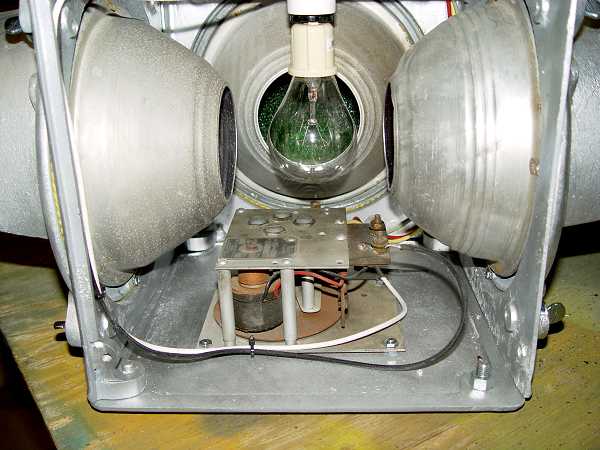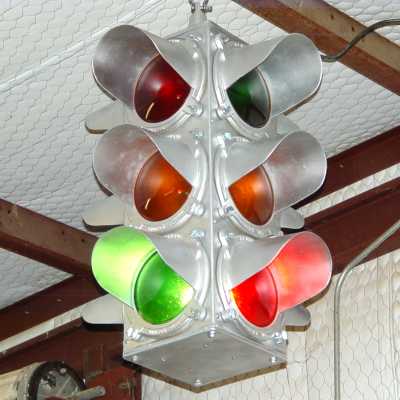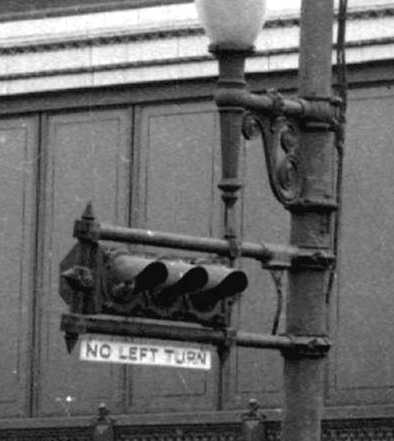Willis Lamm's
|
| History of Traffic Signal Design |
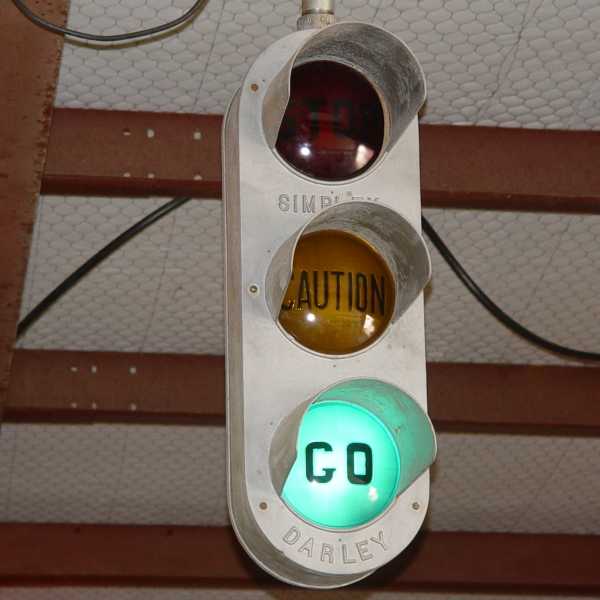
| Evolution of Modern Signals |
Click on an image to bring up a full size view in a new window.
|
As with Potts' signal this design required the signal to display red - yellow - green from top to bottom on the main street, and green - yellow - red from top to bottom on the cross street. The signal also had to display a yellow interval when changing from red to green as well as from changing from green to red.
However at that time there had not been any standards adopted that specified as to which location each color was placed and many jurisdictions used yellow displays when lights changed from red to green to warn pedestrians in the crosswalk that the light was changing and for motorists to get their stickshift cars in gear. A few of these old signals could be seen in service as late as the 1970s. There were also still advocates of two-color signals and thousands of these signals were placed into service. Two color supporters cited simplicity and cost. Most two-color signals warned motorists of impending changes in one of two ways. Some signals went dark for three seconds during signal changes (a scary prospect nowadays) or they overlapped red over green for three seconds to advise motorists that the light was changing. Last time we checked there were still a small number of two-color signals still in service in New York City. |
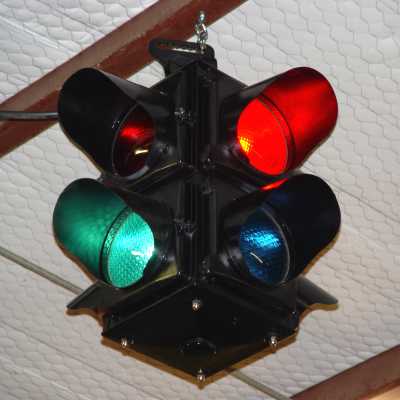
|
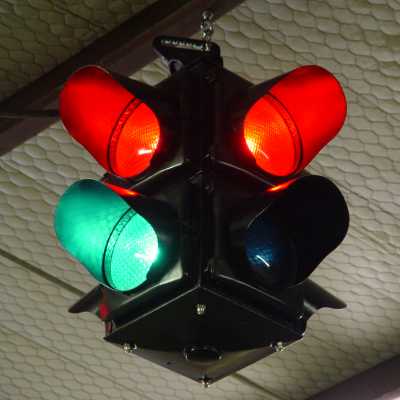
|
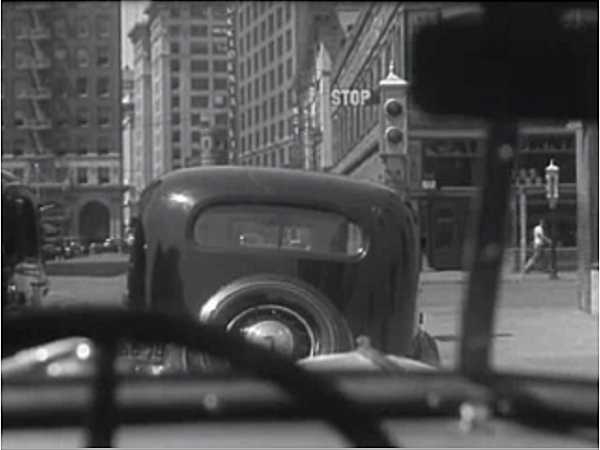
|
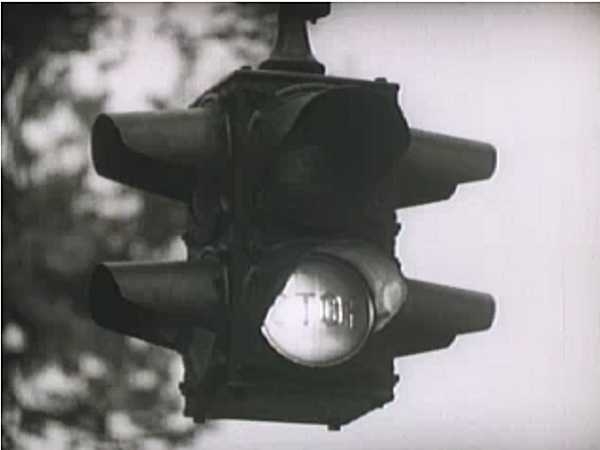
|
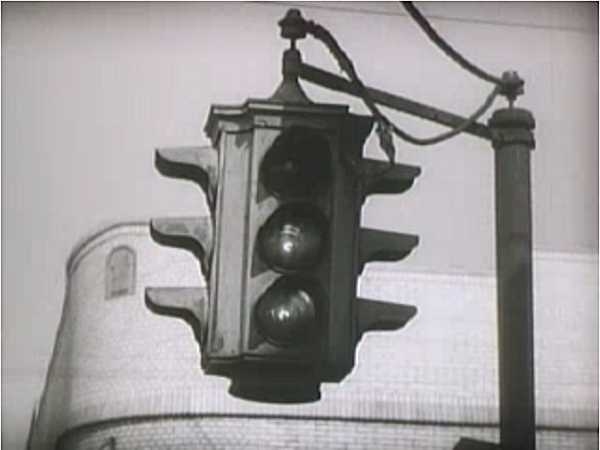
|
